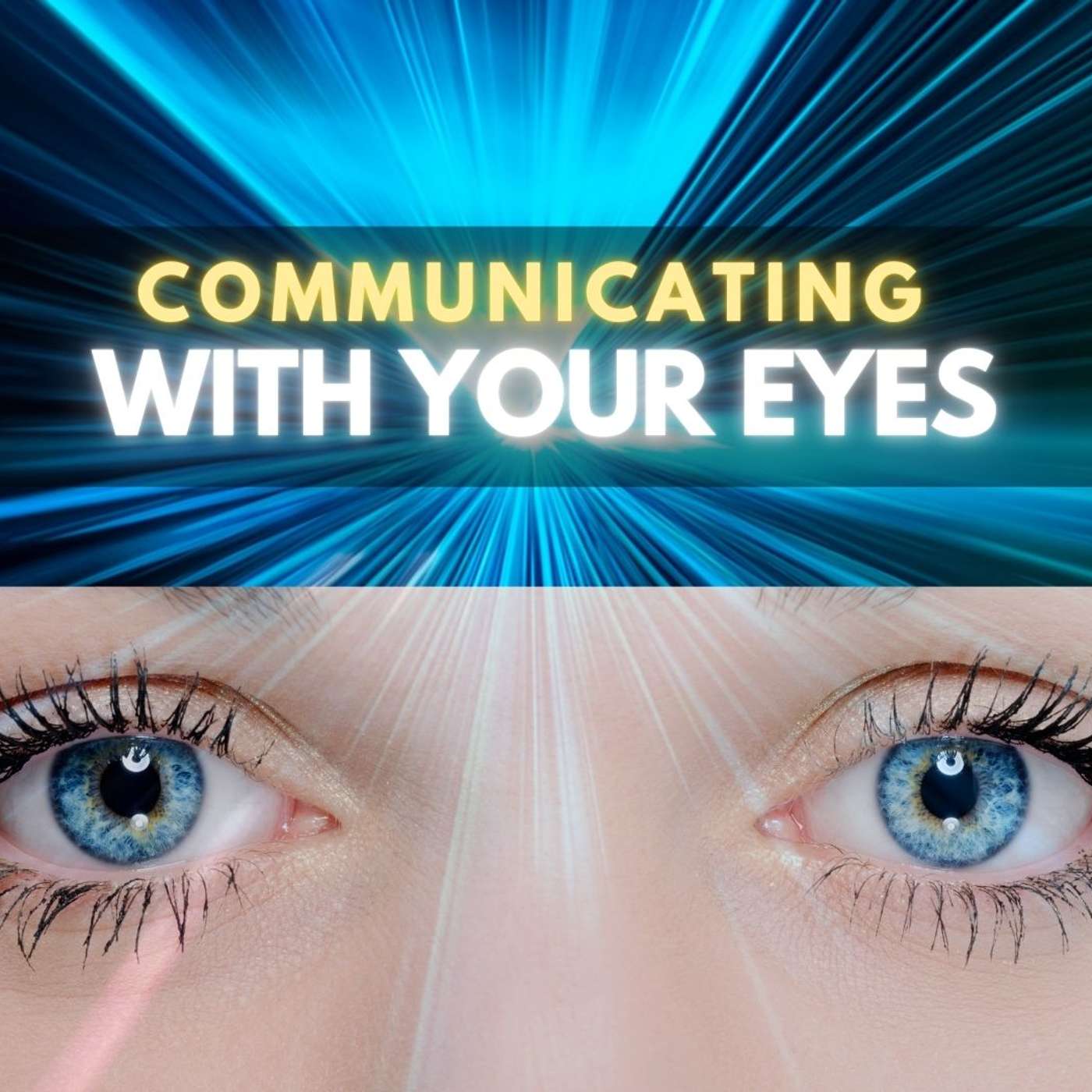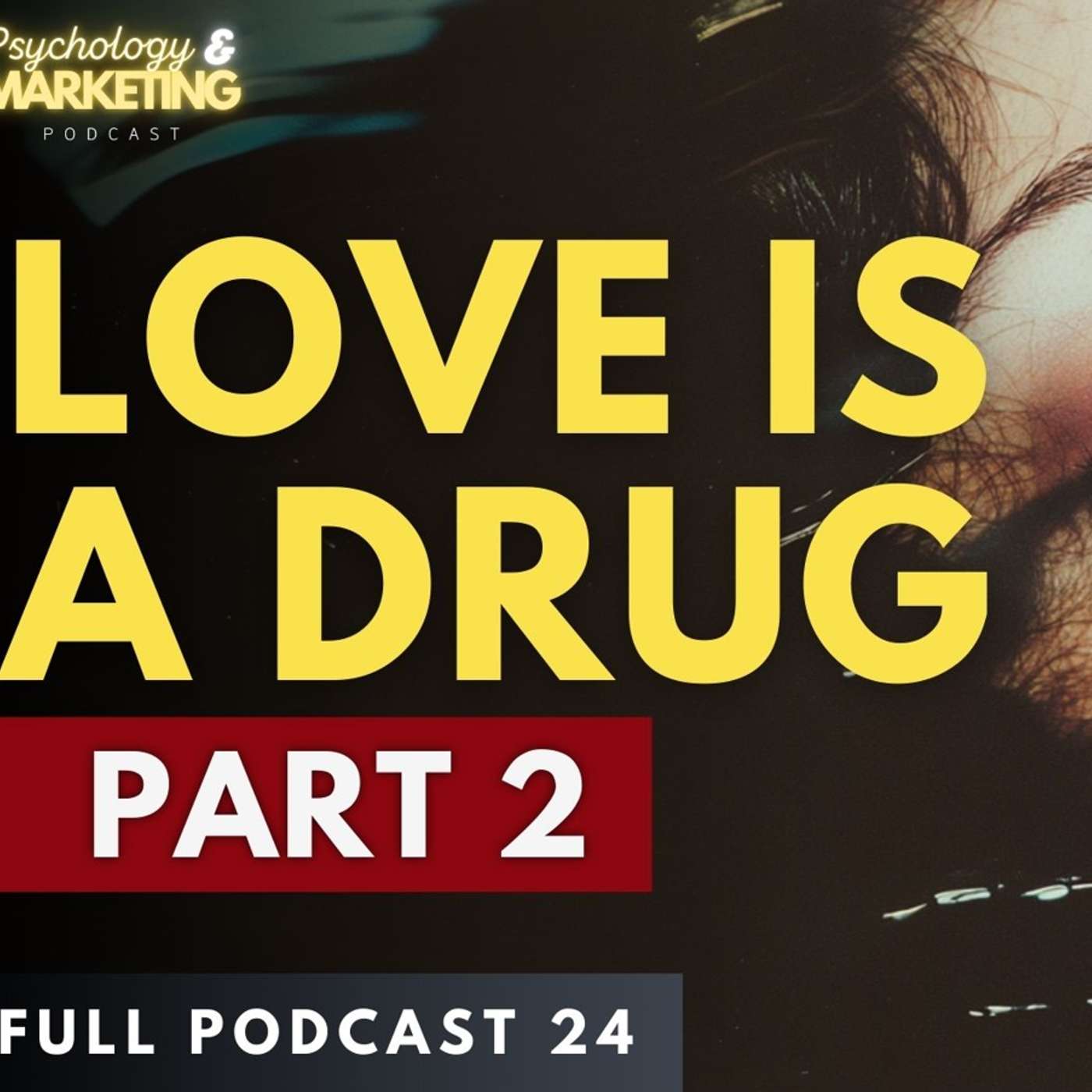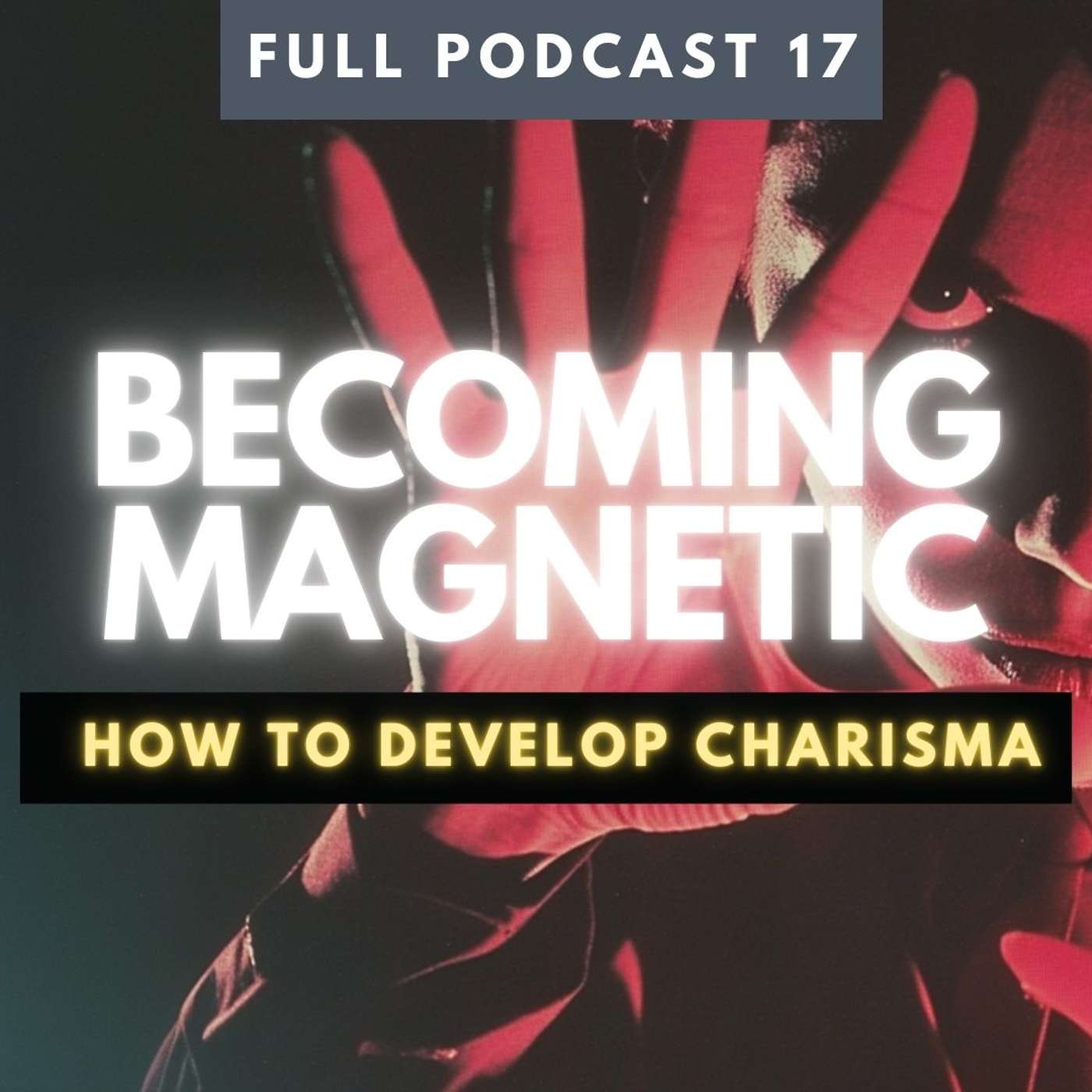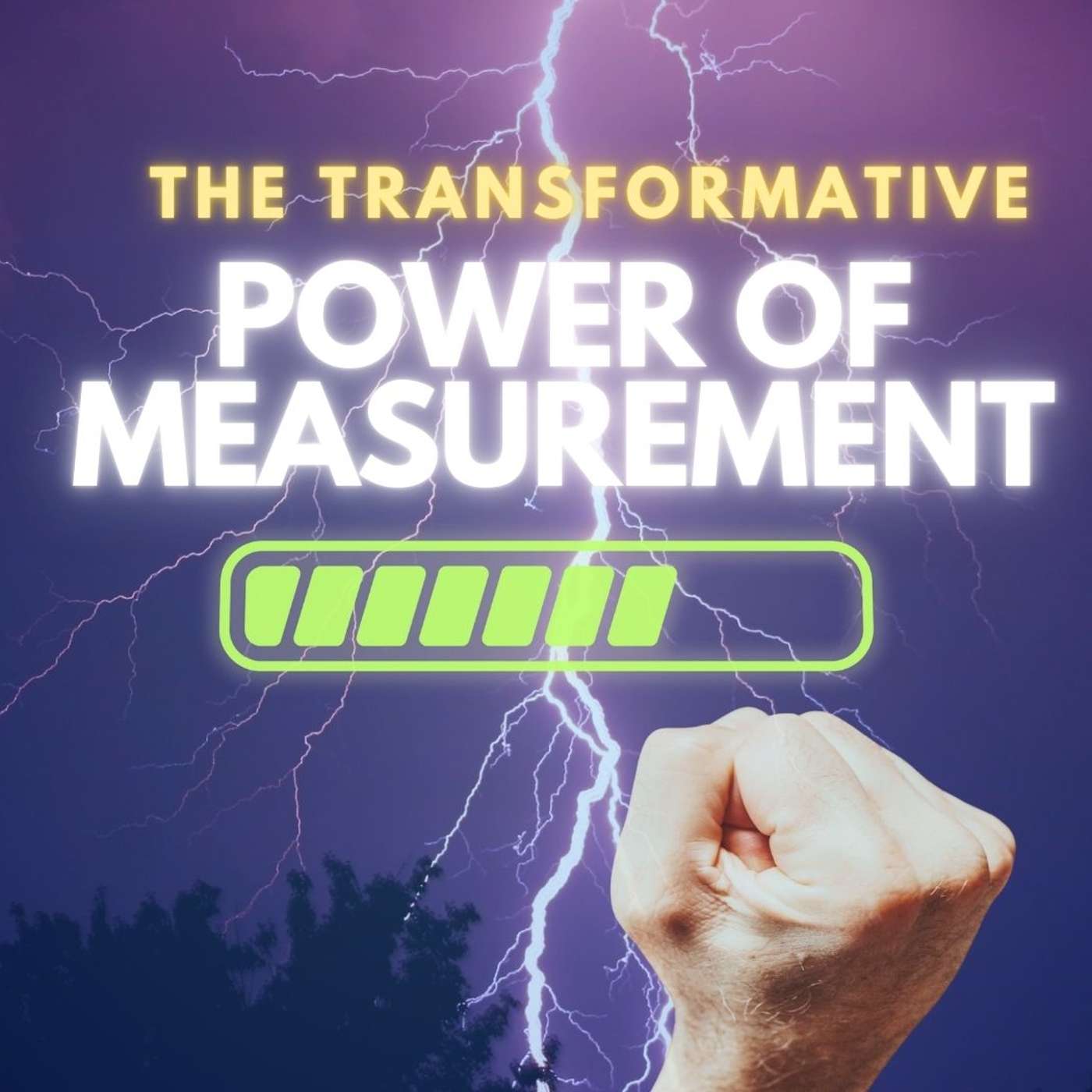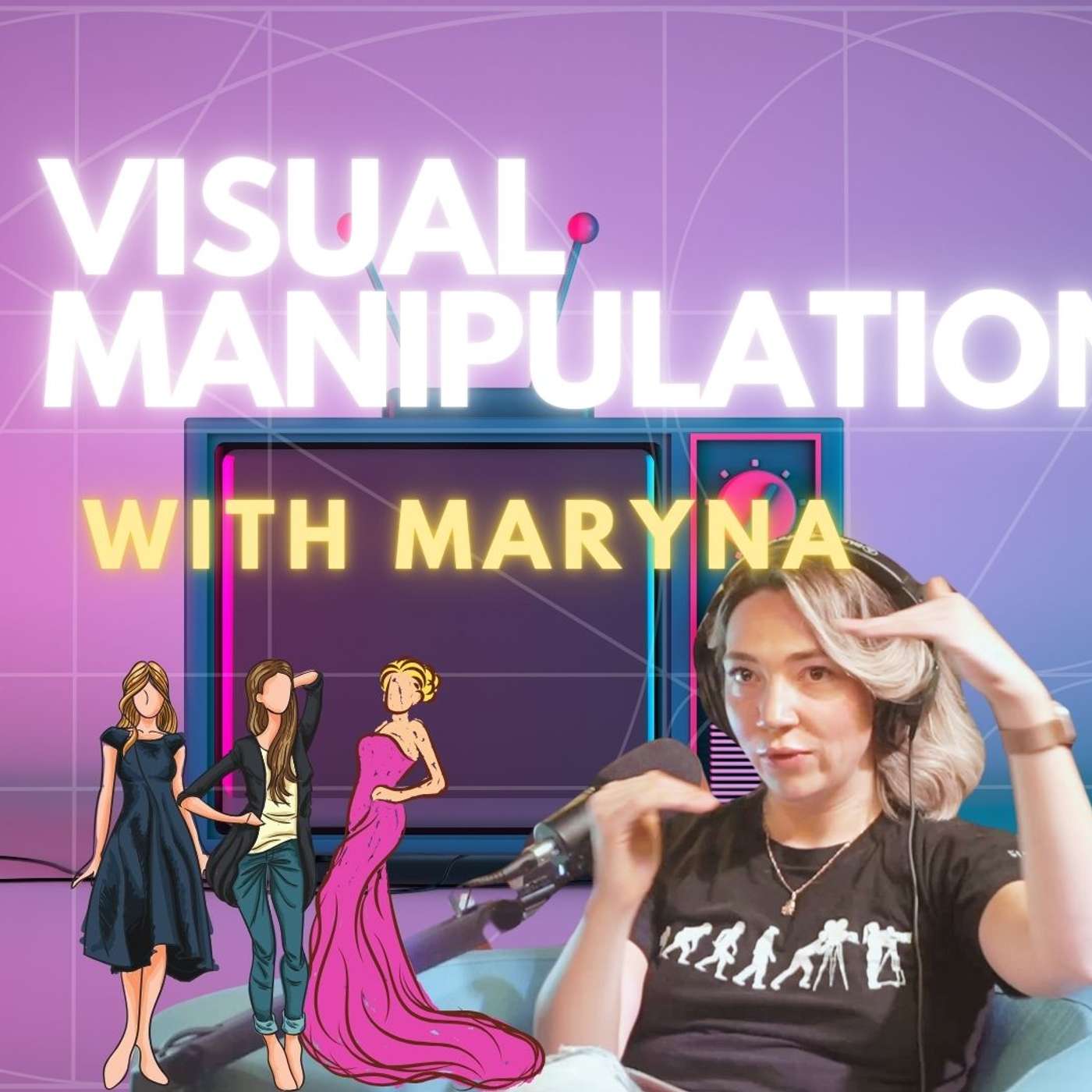Communicating with Your Eyes: How Our Eyes Betray & Influence Others
Description
We're going to talk about the power of communicating with your eyes! We start by exploring the cooperative eye hypothesis, which explains how the visible whites of our eyes play a crucial role in nonverbal communication. Unlike other primates, human eyes are designed to communicate direction and intention, enhancing cooperation and survival.
We take a journey back in time to understand the evolutionary importance of eye communication. About two million years ago, our predecessors began hunting, which required strategic thinking and teamwork. This evolutionary pressure led to the development of larger brains and the unique human trait of visible sclera (the whites of the eyes).
We also discuss the groundbreaking work of Paul Ekman, who identified six universal emotions—anger, sadness, happiness, surprise, fear, and disgust. These emotions are expressed similarly across different cultures, making them a vital part of nonverbal communication. Ekman also introduced the concept of microexpressions, which are fleeting, involuntary facial expressions that reveal true emotions.
We emphasize the importance of the Duchenne smile, a genuine smile that involves the eyes. Unlike a fake smile, a Duchenne smile includes crow's feet and eye crunches, making it a powerful tool for conveying authenticity and warmth. This is especially important in marketing, where genuine expressions can significantly impact audience perception.
In practical terms, understanding eye communication can enhance your marketing efforts. Whether you're creating video content or ad campaigns, paying attention to eye expressions can enhance the emotional impact of your message. For instance, models in glamour ads often look away from the camera to create a sense of allure, while charismatic personalities make direct eye contact to establish a personal connection.
We also cover tips on maintaining facial posture and using eye tension to convey engagement and interest. Additionally, we touch on the importance of being nonreactive in situations involving toxic or manipulative individuals. By controlling our facial expressions and reactions, we can take away their power and maintain our composure.
Join us in this fascinating exploration of eye communication and learn how to apply these insights to enhance your influence and emotional intelligence.

